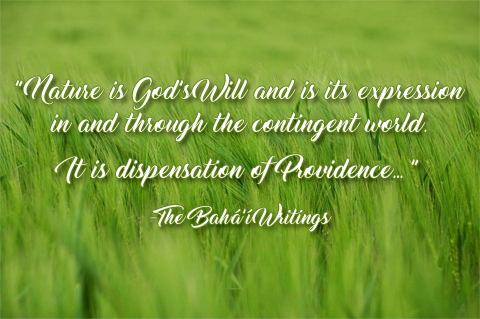 |
 |
|
September 22, 2020 THE CARBON CYCLE AND CARBON CAPTURE TO ADDRESS CLIMATE CHANGE  With the adoption of the United Nations’ 2030 Agenda for Sustainable Development, including its social, economic and environmental dimensions, momentum for meaningful change has been building. As a result, a universal legally binding agreement on carbon emissions finally seems to be within reach. Although carbon is the basic material of all life on the planet, within the atmosphere, it is found primarily in the form of CO2. Only 280 parts per million (ppm) concentrations of CO2 were recorded prior to 1750. The global carbon cycle balance between the atmosphere and other carbon reservoirs such as oceans and terrestrial ecosystems were at near zero or in a state of balance. By 1957, ppm was at 315 and in 2005, as high as 380 ppm. The carbon cycle can be likened to a bank account. When CO2 is generated through carbon reservoirs it is likened to withdrawals, and when CO2 is absorbed in ecosystems, it is likened to deposits where the overall effect is shown as the net balance. Since the Industrial Revolution (1760-1840), the ppm has accumulated – a close coupling between changes in these concentrations and Antarctic temperature, which is a related indicator to changes in permafrost and the oceans, thus providing a glimpse of the climate outcomes to follow. Land-use changes to accommodate agriculture-based human settlements contributed to the increase in ppm as well, but when the internal combustion engine was invented, this created a significant new source of human-induced CO2 emissions. Coal, oil and natural gas – all reservoirs long removed from the global carbon cycle – were now being used. As a result, as early as 1910 emissions from fossil fuel combustion had exceeded those from land-use changes. To pursue the bank account analogy, in 2005 the oceans were still in a positive balance of about 2.2 gigaton of carbon stored.
Technological applications for the safe disposal of CO2 away from the
atmosphere are being undertaken, which includes natural strategic ways
of increasing the amount of CO2 capture through plant photosynthesis
such as the increased urban use of green roofs, community gardens,
living sculptures and tree planting. |
|
|